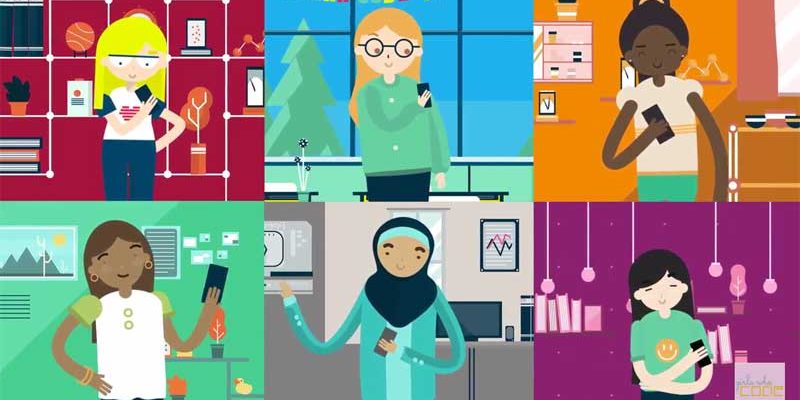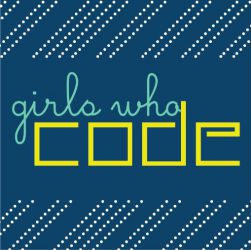Women’s many contributions to technology are frequently left out of the history books. But lately, that’s been changing — at least a little
Stories of far too many of the women who drove innovation in the 19th, 20th, and into the 21st centuries — these key technological architects of modern life — have long gone unheard, their praises unsung. What about the woman who created the Palm Pilot, the woman who made working from home a reality, the woman who invented online dating, or the woman who helped Obama save the internet? (Yes, they were all women.)
In honor of International Women’s Day, here are some great ladies of technology you really need to know about.
1. The women who cracked the secrets of the universe with computation: Williamina Fleming and the Harvard “Computers”
In the late 1800s, men at the Harvard College Observatory were busy gazing at the sky through telescopes, gathering data about the stars and the planets. But what to do with all this raw information?
The head of the Observatory, Edward Pickering, needed someone to crunch the astronomical numbers in order to calculate relationships and effectively measure the universe. Men reportedly turned down their noses at this “clerical” work. So Pickering asked his housemaid, Williamina Fleming, to work as a “computer” at Harvard.
Fleming agreed, going on to lead a team of more than 80 women who did the computational work that’s responsible for how we understand the universe today.
2. The first computer programmers: The Women of ENIAC
The idea that computation and programming was tedious women’s work extended into the 20th century (right up until men found out how cool it was).
In the first half of the 20th century, Harvard’s “computers” grew into a unit of female mathematicians at what would become NASA and its Jet Propulsion Laboratory, working during World War II on behalf of the U.S. Military. The calculations they did plotting ballistic trajectories were time consuming and exceedingly complicated. Two men decided to build a machine that could carry out these calculations. It was called the ENIAC, and it’s now considered the first electrical computer.
But it was the women mathematicians who actually programmed the ENIAC. The ENIAC builders recruited six women who became the world’s first coders, manipulating the ENIAC to calculate missile trajectories.

IMAGE: CORBIS/CORBIS VIA GETTY IMAGES
The work they did for the army in the 1940s resulted in the first software program, the development of computer memory and storage, and the beginnings of programming language.
3. The ‘mother of computing’: Grace Hopper
“The mother of computing” also got her start in the military. In the late 1940s, Grace Hopper worked at the Harvard Computation Lab as part of the Navy Reserve, programming the Mark 1 computer that brought speed and accuracy to military initiatives.
Later, she transferred to the Eckert-Mauchly Computer Corp, where she worked as a senior mathematician. She helped develop the UNIVAC I computer, the first business-oriented machine. Her accolades include creating the first compiler: software that translates arithmetic into language and unifies programming instruction. She was one of the architects of a “new compiled computer language” called COBOL, which is still a standard of data processing today. Most notably, she’s credited with the idea that computer code could be written and read like language.
4. The woman you have to thank for hybrid car batteries: Annie Easley
Annie Easley made the jump from “human computer” to computer programmer while working at the mid-century agency of what would become NASA. Running simulations at a freaking “Reactor Lab,” she was one of only four African-American employees. She is well known for her work encouraging women and people of color to enter STEM fields.
Later, her work as a programmer involved energy conversion systems. According to NASA, she “developed and implemented code” that led to the development of the battery used in the first hybrid cars. You’re welcome, Prius drivers.




